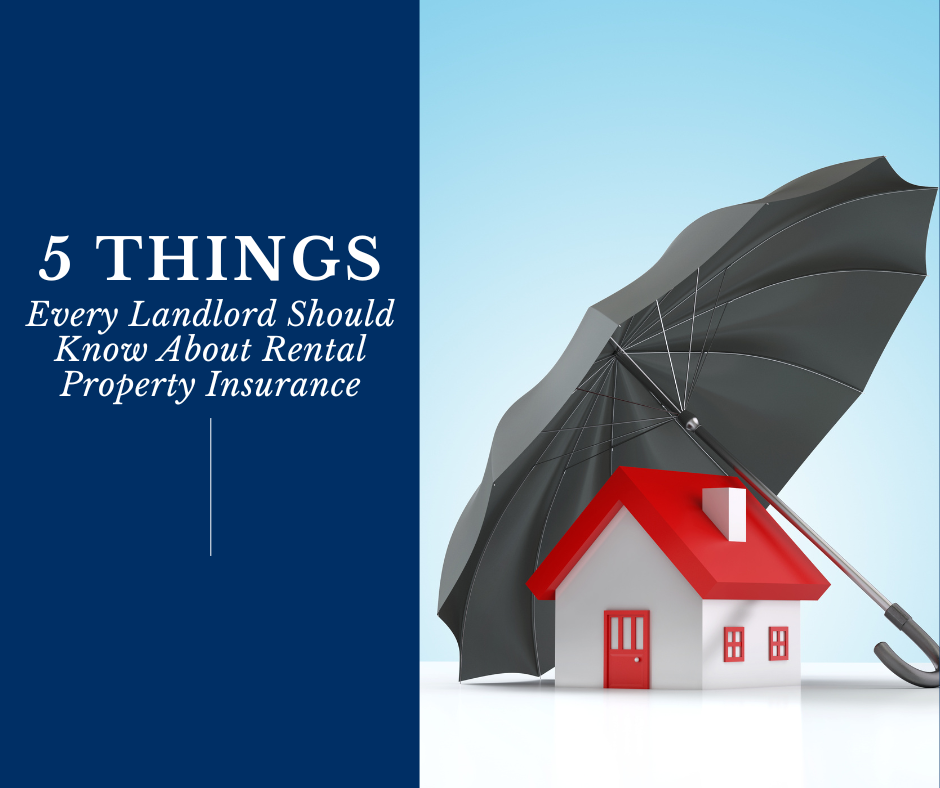 Accidents and other events result in injuries to residents on rental properties. A bursting pipe may cause damage to a resident’s property. A resident may slip and fall on an icy sidewalk and sustain personal injury damages. The possible events resulting in damage to a resident, occupant, or guest are endless. Most managers and landlords believe that they have the situation covered because most leases address these potential problems. However, many managers and landlords are surprised to learn that regardless of any lease language, liability for an injury on a rental property is always determined by the Colorado Premises Liability Act (the “PLA”). The PLA casts a broad net of potential liability for a wide cast of characters, including owners, management companies, and vendors.
Accidents and other events result in injuries to residents on rental properties. A bursting pipe may cause damage to a resident’s property. A resident may slip and fall on an icy sidewalk and sustain personal injury damages. The possible events resulting in damage to a resident, occupant, or guest are endless. Most managers and landlords believe that they have the situation covered because most leases address these potential problems. However, many managers and landlords are surprised to learn that regardless of any lease language, liability for an injury on a rental property is always determined by the Colorado Premises Liability Act (the “PLA”). The PLA casts a broad net of potential liability for a wide cast of characters, including owners, management companies, and vendors.
The PLA makes landowners potentially liable for injuries to residents, occupants, and guests that occur on the owner’s property. Because third party fee managers are not owners, they can relax, right? Wrong. Managers are defined as owners under the PLA, and therefore are also potentially liable for injuries to residents and others, resulting from property conditions. Specifically, under the PLA a landowner includes but is not limited to “an authorized agent or person in possession of real property and a person legally responsible for the condition of real property or for the activities conducted or circumstances existing on real property.” The broad reach of the PLA does not end with property managers. Courts have held that liability under the PLA can extend to vendors as well. For example, if a snow removal vendor failed to remove an obvious sheet of ice from the base of a stairwell, a court could find that the vendor was legally responsible for the dangerous condition, and therefore liable under the PLA.
Similar to the broad definition of landowner, the PLA creates liability for a broad range of potential injuries that may arise on your property. The PLA applies to any injury resulting from the condition of real property, or for the activities conducted on real property, or the circumstances existing on real property. Based on this definition, the courts have universally held that almost any injury occurring on real property is covered by the PLA. Slip and falls, mold, and frozen pipes are three common events that occur on rental properties. Because these events are based on the condition, activities, or circumstances existing on real property, they along with a host of other common situations are covered under the PLA. While not every injury is covered, the exceptions are extremely narrow. The courts have only carved out an exception for commercial recreational activities that had little or no connection with the land itself. For example, because boating activities conducted on real property did not impact the property making it more dangerous, or the cause of the injury, courts have found such injuries not covered by the PLA.
Mark Tschetter, Partner
Tschetter, Hamrick, Sulzer
Read Part 2, now posted on our blog page!





